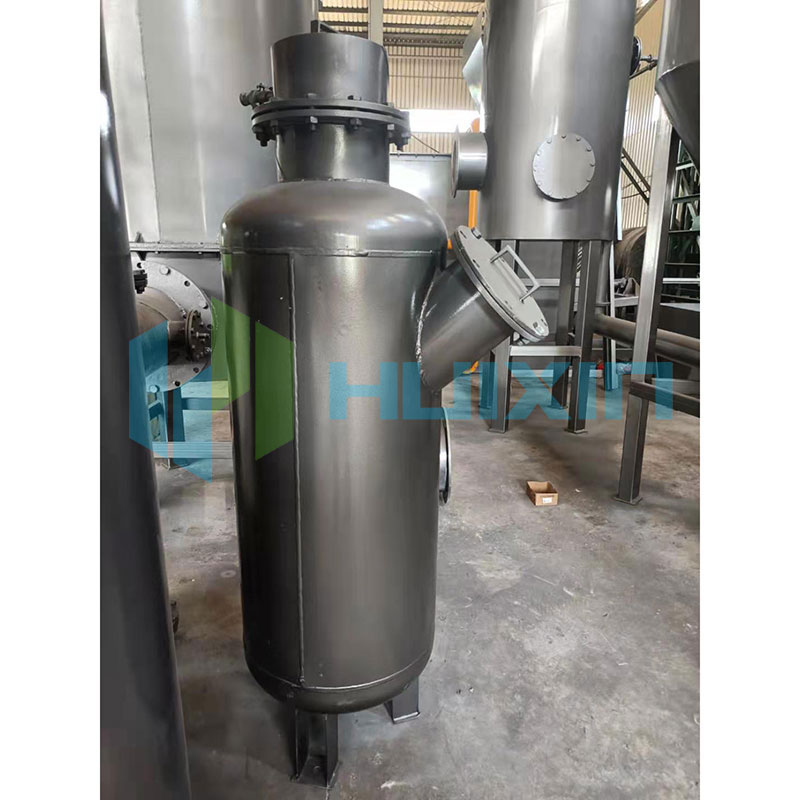Understanding the Basics of Smoke Treatment Systems
2025-01-04
Smoke treatment systems are essential technologies designed to manage and mitigate air pollution by filtering and treating smoke emissions from various industrial and commercial activities. These systems play a vital role in ensuring environmental compliance, protecting public health, and maintaining air quality.
What is a Smoke Treatment System?
A smoke treatment system is a combination of equipment and processes used to remove harmful substances from smoke before it is released into the atmosphere. The substances typically include particulate matter, toxic gases, and volatile organic compounds (VOCs).
Key Components of Smoke Treatment Systems
1. Filters: Capture fine particles from the smoke.
2. Scrubbers: Use liquids to absorb or neutralize gaseous pollutants.
3. Electrostatic Precipitators: Apply electric charges to remove particulate matter.
4. Catalytic Converters: Convert harmful gases into less harmful substances.
5. Monitoring Systems: Ensure the system operates efficiently and complies with regulatory standards.
How Does It Work?
The process typically begins with the smoke entering the system through a series of filters or scrubbers. Particulates and gases are separated or neutralized using advanced technologies, and clean air is released. The treated substances are often collected for safe disposal or recycling.
Applications
- Industrial Plants: Treat emissions from factories and power plants.
- Commercial Kitchens: Manage smoke from cooking and frying.
- Waste Management: Handle smoke from incinerators and waste-to-energy facilities.
- Vehicle Emissions: Used in exhaust systems to minimize pollution.
Benefits
- Environmental Protection: Reduces air pollution and greenhouse gas emissions.
- Health and Safety: Minimizes respiratory risks for nearby populations.
- Regulatory Compliance: Meets government-imposed air quality standards.
Smoke treatment systems are a cornerstone of sustainable industrial and commercial operations. By understanding their components, functions, and benefits, businesses can make informed decisions to enhance environmental responsibility and public health.



